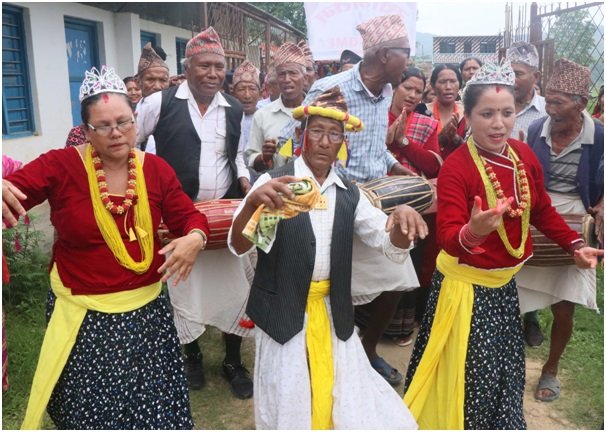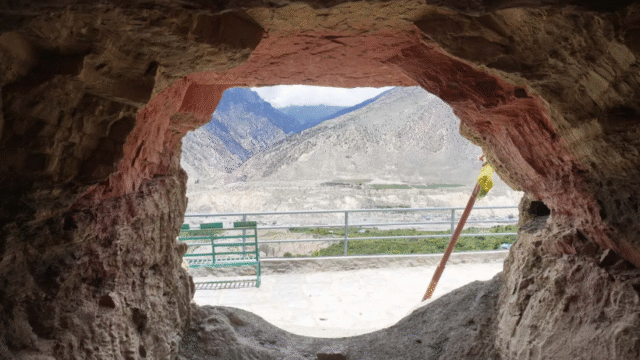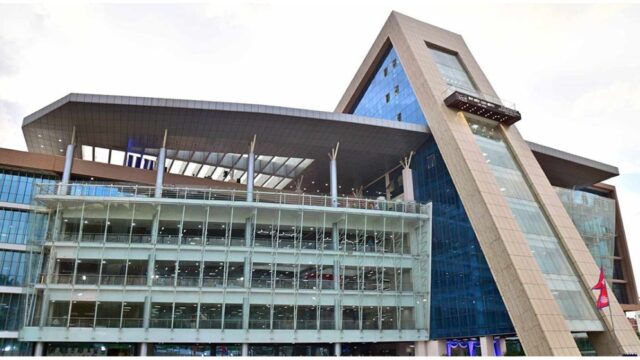The Kumal community in the district has begun efforts to preserve its cultural heritage. They are working to safeguard their traditional “Paudure” dance, a unique part of culture. The Kumal community resides in Bhanu, Byas, Shuklagandaki, Bhimad municipalities, and Ghiring Rural Municipality. According to Aalok Kumal, President of Kumal Samaj Nepal, the total Kumal population in the district is 8,727. Their rich culture includes traditional dances and songs like Paudure, Hemphai, Ghatu, Jhyaures, and Kauraha, many of which are on the verge of disappearing, prompting this preservation effort.

As part of the cultural preservation campaign, they are planning to pass down the Paudure dance to the next generation. From Baishakh 15 to 21 (late April), a special event will be held in Kumal Gaun of Byas Municipality-9, Kalesti to teach the younger generation about this dance. The main objective is to inform the younger generation about the importance of preserving the traditional culture.
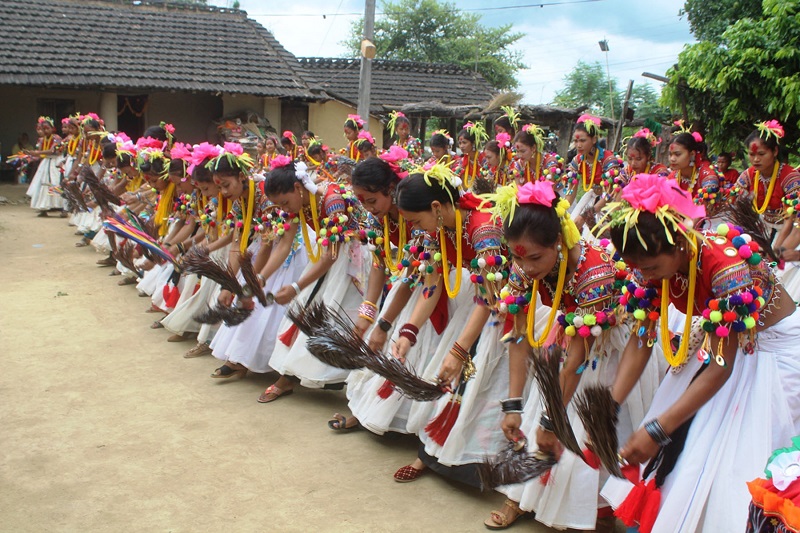
The Paudure dance is mainly performed during festivals in Ghiring Rural Municipality and Kalesti’s Kumal village. Due to its unique style and structure, it cannot be performed just anywhere. “The dance involves different phases and is deeply connected with songs based on the Ramayana and stories of Lord Krishna. It requires deep listening to appreciate the essence,” explained. In the Ramayana section, events from Lord Ram’s birth to his exile are sung, with performers like Maruni dancing to the rhythm. The Krishna section focuses on Lord Krishna’s stories. Although the singing styles vary, the emotion conveyed remains consistent.
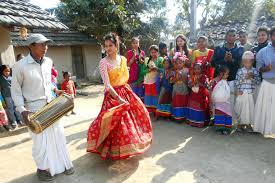
While the dance is still performed during the Dashain and Tihar festivals in Ghiring, its practice is declining in Kalesti. Due to economic hardships, many people have shifted focus to farming, jobs, or foreign employment, leading to neglect of their cultural roots. This event aims to revive and pass on cultural heritage to the youth. “We believe this initiative will help preserve our unique traditions, especially living in Tanahun,” Kumal added. The Office of Social Development has supported this effort. Office Chief Bidur Hari Acharya stated that the program was designed to take place within the community itself, as this approach is more effective for cultural preservation.
